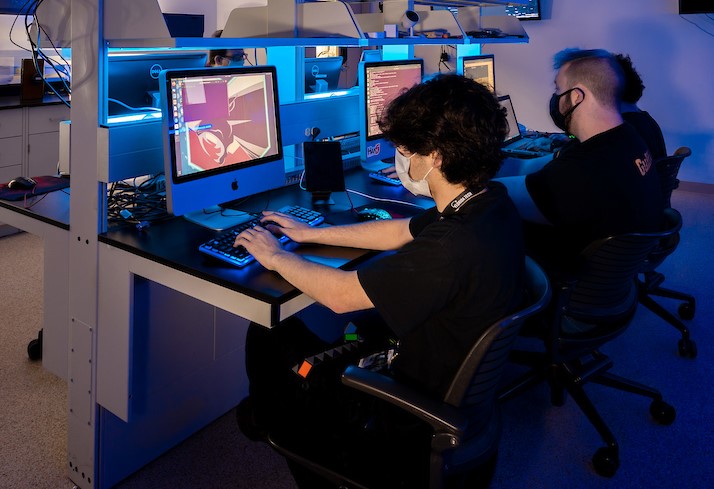Document Type
Conference Proceeding
Publication Title
Proceedings of SPIE - the International Society for Optical Engineering
Abstract
An integral part of the Comprehensive Nuclear Test Ban Treaty monitoring is an international infrasonic monitoring network that is capable of detecting and verifying nuclear explosions. Reliable detection of such events must be made from data that may contain other sources of infrasonic phenomena. Infrasonic waves can also result from volcanic eruptions, mountain associated waves, auroral waves, earthquakes, meteors, avalanches, severe weather, quarry blasting, high-speed aircraft, gravity waves, and microbaroms. This paper shows that a feedforward multi-layer neural network discriminator, trained by backpropagation, is capable of distinguishing between two unique infrasonic events recorded from single station recordings with a relatively high degree of accuracy. The two types of infrasonic events used in this study are volcanic eruptions and a set of mountain associated waves recorded at Windless Bight, Antarctica. An important element for the successful classification of infrasonic events is the preprocessing techniques used to form a set of feature vectors that can be used to train and test the neural network. The preprocessing steps used in our analysis for the infrasonic data are similar to those techniques used in speech processing, specifically speech recognition. From the raw time-domain infrasonic data, a set of mel-frequency cepstral coefficients and their associated derivatives for each signal are used to form a set of feature vectors. These feature vectors contain the pertinent characteristics of the data that can be used to classify the events of interest as opposed to using the raw data. A linear analysis was first performed on the feature vector space to determine the best combination of mel-frequency cepstral coefficients and derivatives. Then several simulations were run to distinguish between two different volcanic events, and mountain associated waves versus volcanic events, using their infrasonic characteristics.
First Page
344
Last Page
356
DOI
10.1117/12.342889
Publication Date
3-22-1999
Recommended Citation
Ham, F. M., Leeney, T. A., Canady, H. M., & Wheeler, J. C. (1999). Discrimination of volcano activity and mountain associated waves using infrasonic data and a backpropagation neural network. Proceedings of SPIE - the International Society for Optical Engineering, 3722, 344-356.


